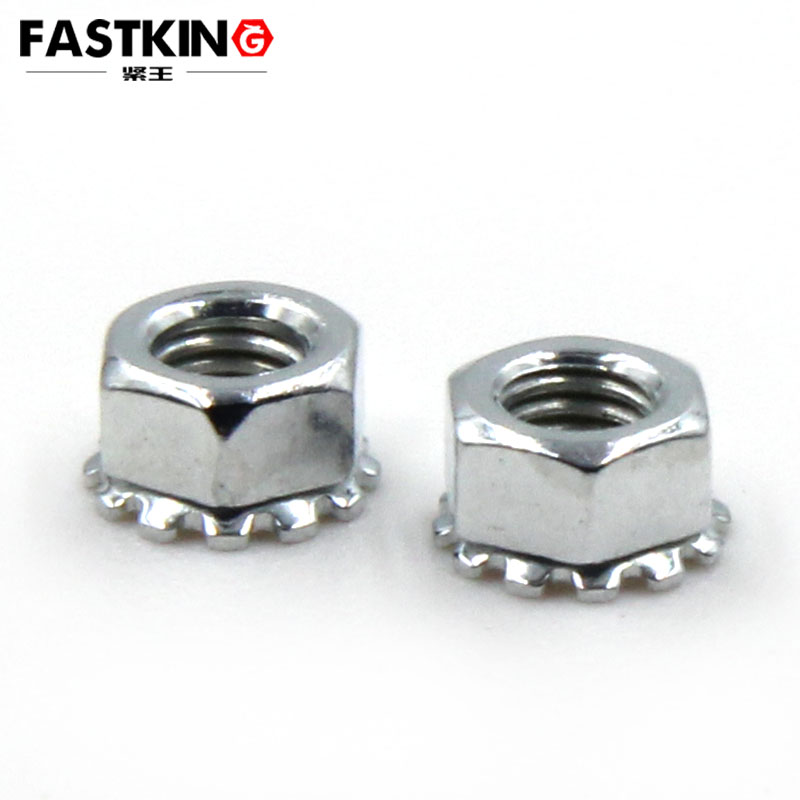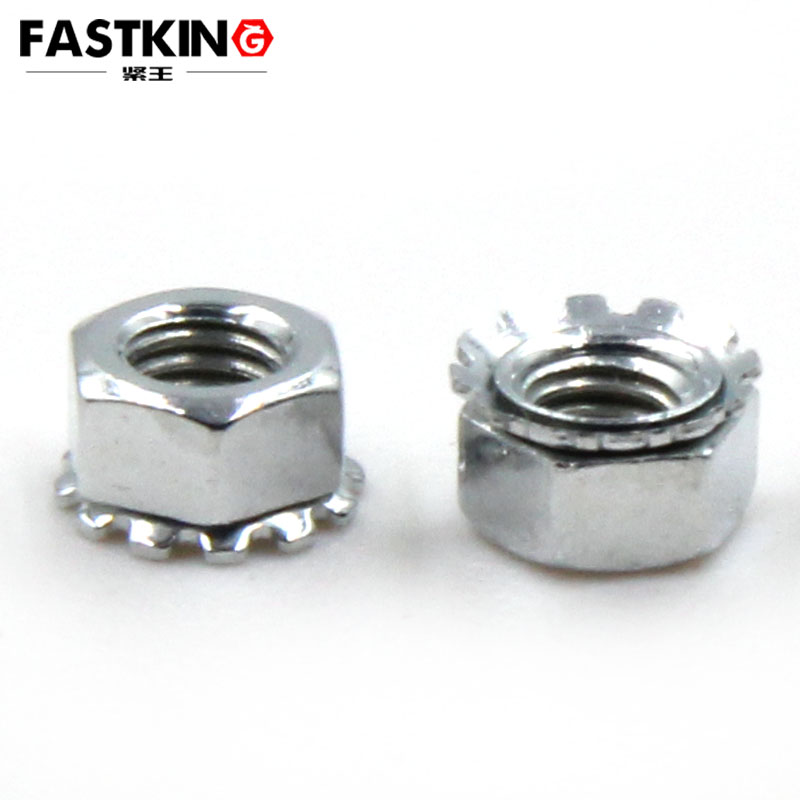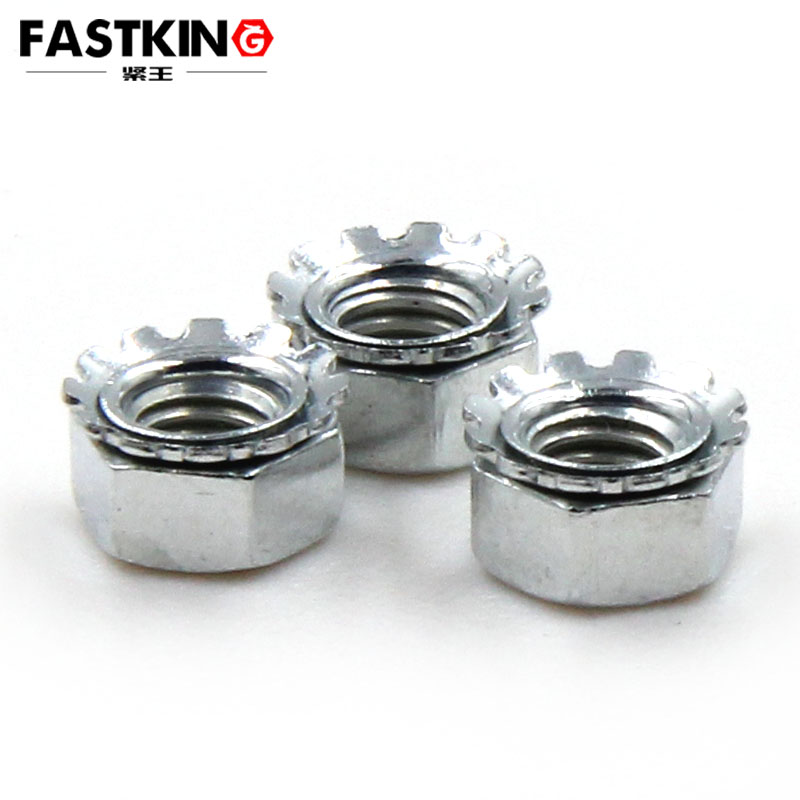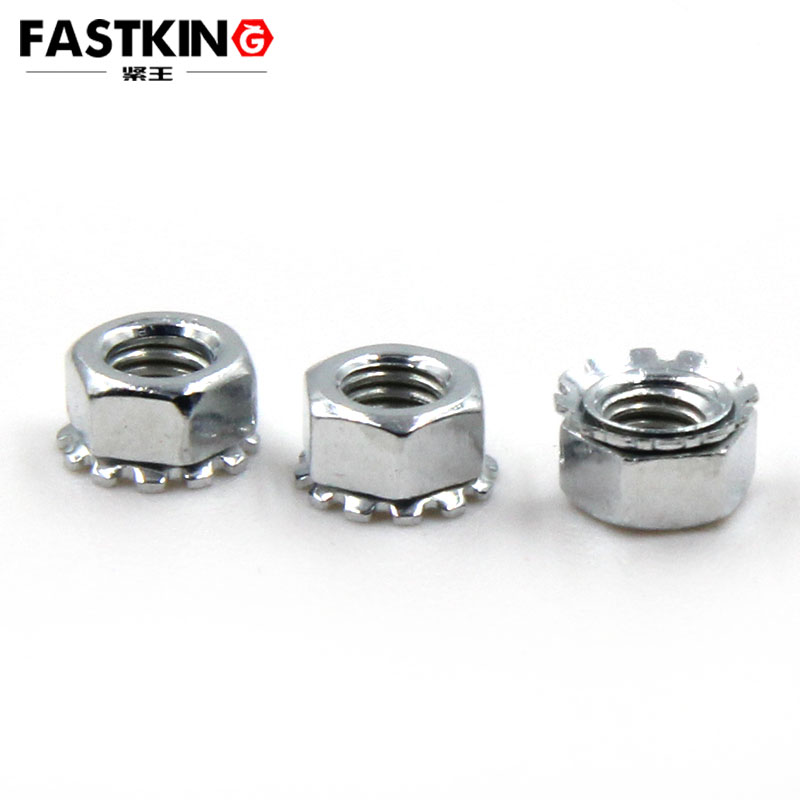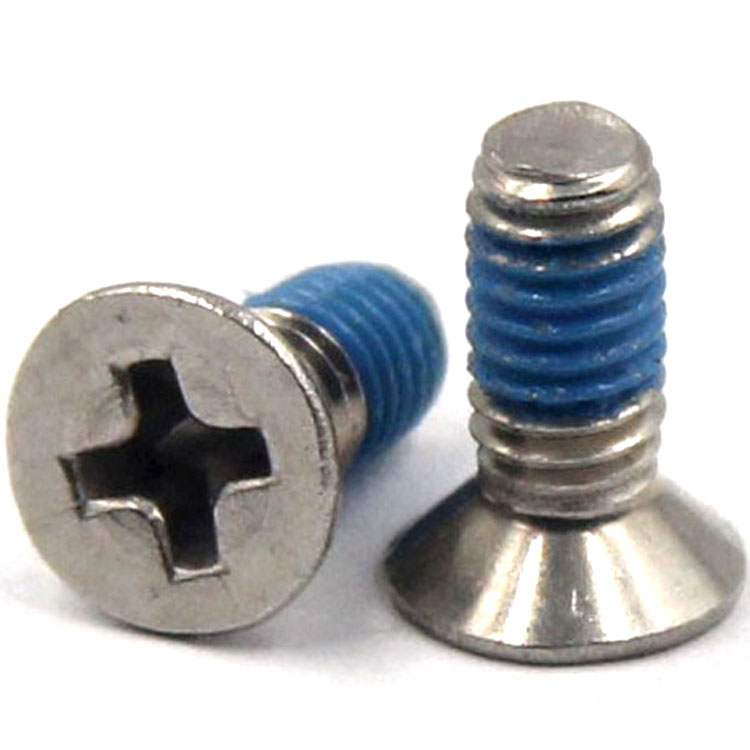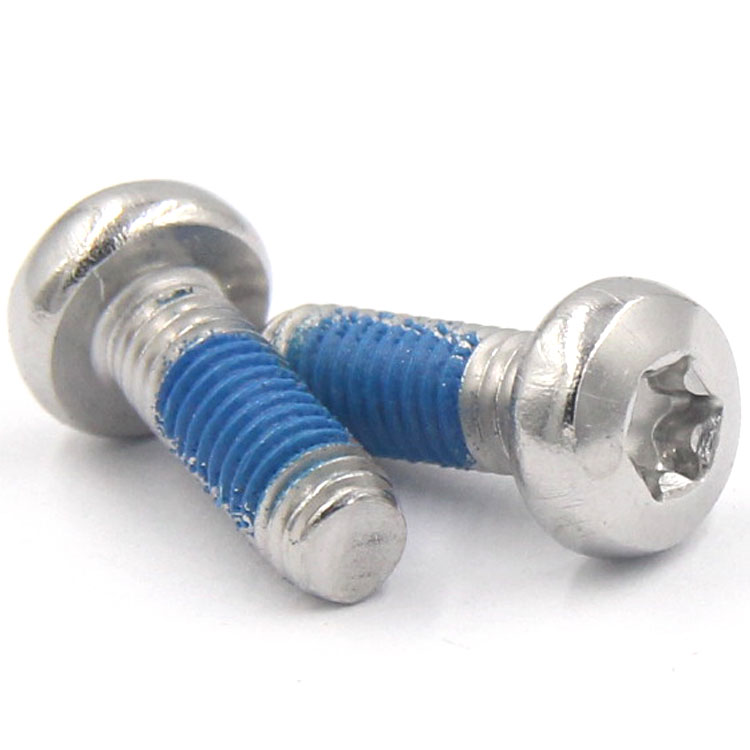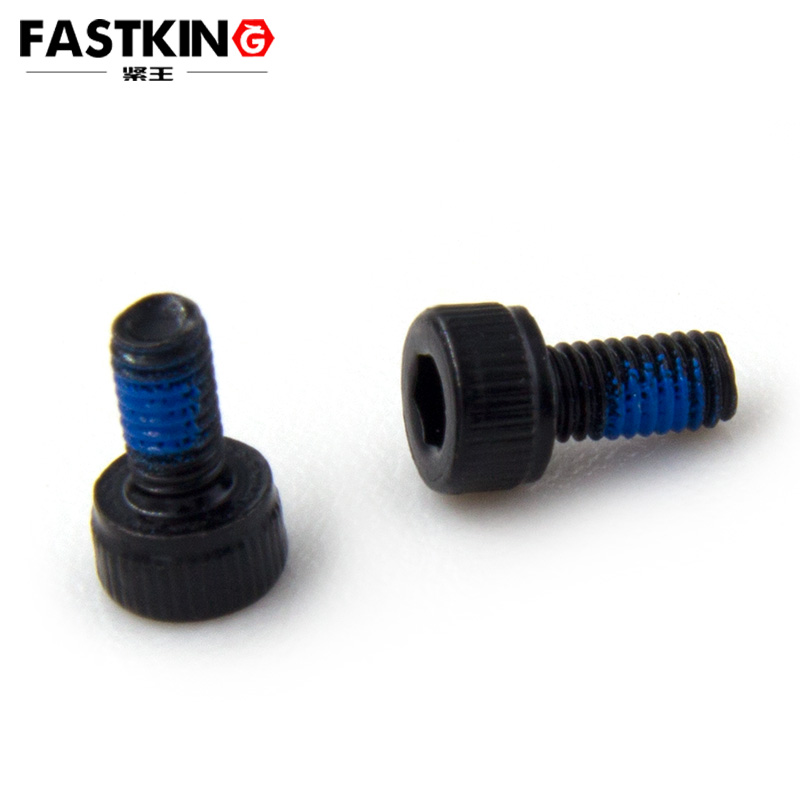- small screw,micro fastener,mini screw
- 0756-8586520
Galvanized K-type multi-tooth locknut spinner nut M3-M6
- Product description:K-type multi-tooth locknut spinner nut M3-M6
In the microscopic world of mechanical manufacturing, every component undertakes a unique mission, and the flower-tooth nut is a representative of those that combine functionality and innovation. This seemingly ordinary fastener, relying on its special tooth profile design, plays the role of an "invisible guardian" in fields such as precision equipment, automotive industry, and aerospace. With its tiny size, it upholds the reliability and stability of key connections.
The most prominent feature of the flower-tooth nut lies in its non-standard tooth profile design. Different from the regular thread pattern of traditional hexagonal nuts, the thread edges of the flower-tooth nut present a concave-convex structure similar to petals. It is usually divided into two types: internal flower-tooth nuts and external flower-tooth nuts. The tooth profile of internal flower-tooth nuts is distributed on the inner hole wall of the nut, while that of external flower-tooth nuts is distributed on the outer circumference of the nut. Different numbers of teeth (commonly 4-tooth, 6-tooth, and 8-tooth) and tooth depth designs can adapt to connection requirements under different working conditions. This structure is not randomly designed but a precise optimization based on mechanical principles — the meshing surface between the tooth profile and the connecting component forms multi-point contact, which can effectively disperse the load, avoid component damage caused by local stress concentration, and at the same time improve the anti-loosening performance through the friction between the tooth surfaces. This solves the industry pain point that traditional nuts are prone to loosening in a vibrating environment.
From the perspective of working principle, the core advantage of the flower-tooth nut is reflected in its "double locking" mechanism. When the nut is matched with a bolt, in addition to the self-locking function of the thread itself, the engagement between the flower-tooth structure and the surface of the connecting component further enhances the connection stability. In the connection of automobile engine cylinder blocks, high-frequency vibration easily causes ordinary nuts to loosen. However, the tooth profile of the flower-tooth nut can be embedded into the prefabricated groove of the connecting component to form a physical lock. Even in harsh environments with high temperature and vibration, it can still maintain connection accuracy. In the field of precision instruments, such as the lens fixation of optical equipment, the multi-point contact design of the flower-tooth nut can reduce the pressure on the surface of the connecting component, avoid component deformation caused by excessive extrusion, and at the same time achieve micron-level adjustment accuracy to ensure the stable operation of the equipment.
The application scenarios of flower-tooth nuts have expanded from traditional mechanical manufacturing to the field of high-end equipment. In the aerospace field, lightweight and high reliability are core requirements. Flower-tooth nuts made of titanium alloy, relying on their high strength and corrosion resistance, are widely used in the connection of satellite brackets. Their tooth profile structure can adapt to the sudden temperature changes in the space environment and avoid connection failure. In the connection of battery packs of new energy vehicles, flower-tooth nuts can conduct electricity through their tooth surfaces, reduce contact resistance, improve energy transmission efficiency, and at the same time meet the sealing and fastening requirements of battery packs under long-term vibration.
It is worth noting that the processing technology of flower-tooth nuts has extremely high requirements for precision. From the cold heading forming of raw materials to the milling or rolling processing of tooth profiles, each step must strictly control the dimensional error. In particular, the surface roughness of the tooth surface must reach below Ra0.8μm to ensure the meshing performance. Flower-tooth nuts used in some high-end fields also need to undergo surface treatment, such as galvanizing and nitriding, to further improve their wear resistance and rust resistance. In the quality inspection link, in addition to conventional dimensional measurement, vibration tests and tensile tests are also required to verify their anti-loosening performance and load-bearing capacity, ensuring that each product meets industry standards.
With the development of intelligent manufacturing, flower-tooth nuts are upgrading towards customization and integration. Some enterprises have realized the optimization of tooth profile parameters through 3D modeling and simulation analysis according to customer needs, and developed special nuts suitable for specific working conditions. At the same time, intelligent nuts that integrate sensors inside the flower-tooth nuts to monitor the connection status in real time have also entered the experimental stage. In the future, they are expected to play a greater role in large-scale equipment maintenance and unattended scenarios.
As a "detail leader" in the field of mechanical connection, the flower-tooth nut interprets the industrial logic of "small components play a great role" through its precise design. It is not only a fastener that connects two components, but also a key link to ensure equipment safety and improve operation efficiency. In the modern industrial system that pursues high precision and high reliability, it will surely continue to glow with new vitality.

